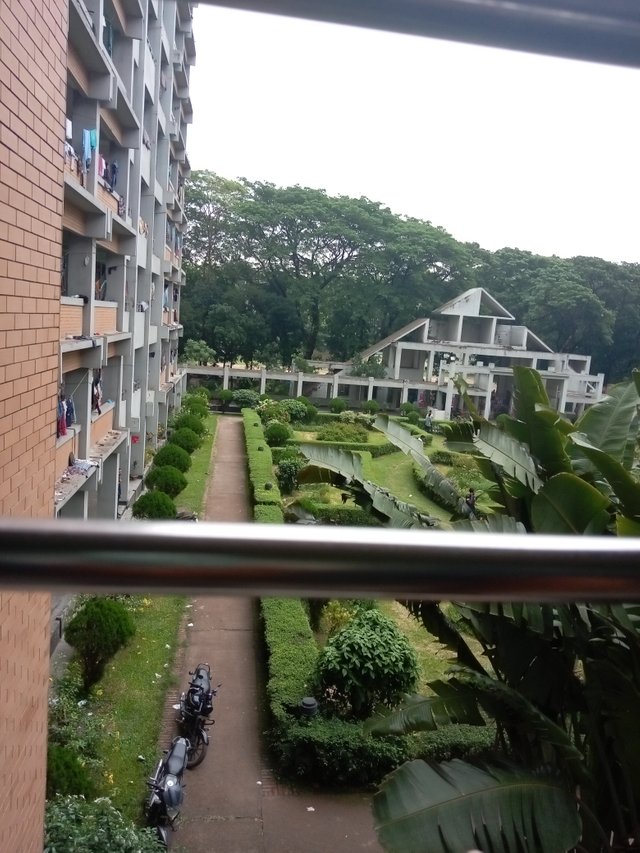Photographs
Hello!!!
My dear friends!
This is @md-raju from #Bangladesh 🇧🇩

| Subject | Descriptions |
|---|---|
| Shot by | md-raju |
| Mode | Normal |
| Device | Symphony |

| Subject | Descriptions |
|---|---|
| Shot by | md-raju |
| Mode | Normal |
| Device | Symphony |

| Subject | Descriptions |
|---|---|
| Shot by | md-raju |
| Mode | Normal |
| Device | Symphony |
I still remember international organisations referring to food riots in Bangladesh back in 2007-2008, but we have beaten their assumptions and proved them absolutely wrong; the same way, during Covid-19, agriculture as an individual sector has contributed and supported the people and state of Bangladesh relentlessly. Bangladesh is one of the most densely populated countries globally, with a density of 1,239.7 people living per square kilometre (2018)—its land is decreasing as population grows rapidly. The characteristic of a modern economy is to grow through the industrial and service sectors. This has been observed gradually in the farming sector as well. The economy has also been integrated with the global economy. We have been on the road to a self-reliant growth effort that has become a great example in the world.
The GDP contribution came down for mainstream farming, while the service and industry sector's contribution increased as people started migrating to the cities from the villages. The service sector was added to the farming sector. Only the mainstream farming sector was regarded as the main source of economic development. Afterwards came the sub-sectors of farming. On the one hand, we could see the boom in food grain production, especially due to rice varietal developments, and on the other hand fisheries, poultry, livestock and dairy turned into huge economic source. All these sub-sectors started taking shape as commercial farms in the hands of youth and progressive women entrepreneurs, not just amateur ventures. In respect to the mainstream farming sector, the GDP came down, but the significance of farming as a whole, including the sub-sectors, service and industry sectors, have increased manifold. High-value fruit orchards and vegetables also played a significant role in the economic boom. Not only the farms, but the value addition of the agricultural products came in as a booster for the agricultural service sector. Say, for example, PRAN, ACI; these huge agricultural industrial companies played a key role as well. Besides, the small scale agro-processed and agro-dependent industries played a part in the value addition.
Farmers have to be provided with technologies based on their local climate change scenarios. Photo: Star
Former Finance Minister Abul Maal Abdul Muhith used to say that, including the service and industry engaged with the farming sector, the GDP contribution of it is nearly 40 percent. Agricultural production value has increased at 3.54 percent per year in the last two decades (1999-2019). The sector remains the main source of employment, as I have mentioned earlier, providing livelihood to 40 percent of the labour force. Thus, agriculture remains the largest sector in terms of employment.The other indirect contribution of agriculture is to provide basic raw materials for industrial processing. Immediately, jute comes to mind as an example of a product of the agro-processing industry.